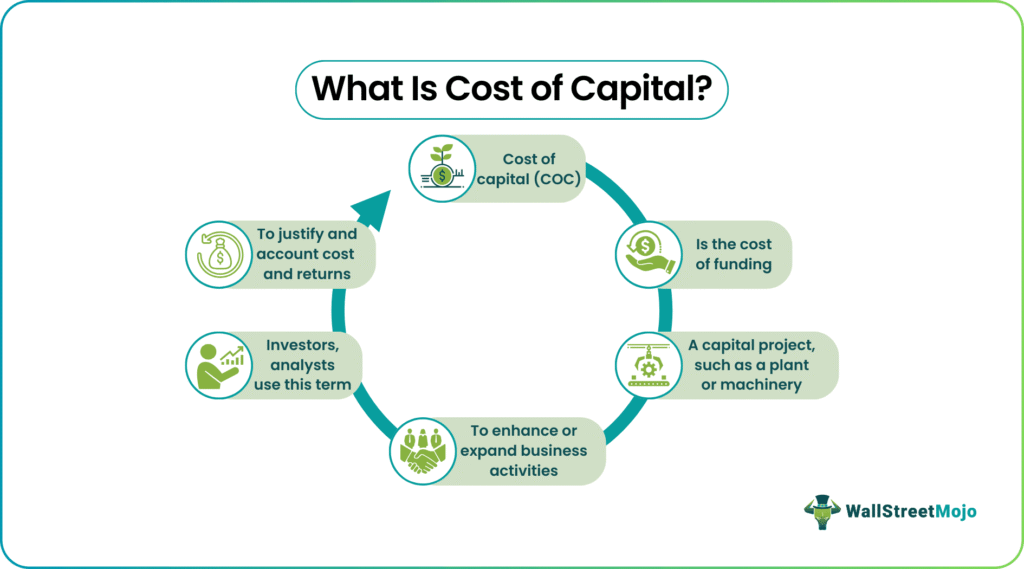Even with easing interest rates, the actual cost of capital in Sri Lanka remains high relative to profitability. Businesses cannot assume cheap borrowing will return. Instead, 2026 demands a disciplined approach to capital efficiency.
Why Borrowing Still Remains Difficult
Banks remain risk-averse due to:
- High NPLs
- Tight regulatory frameworks
- Liquidity management concerns
- Preference for low-risk borrowers
This creates a scenario where only well-prepared companies secure favourable credit.
How Businesses Should Approach Borrowing in 2026
Borrow only for high-ROI projects
Expansion must be tied to measurable returns, not legacy assumptions.
Strengthen working capital management
Reduce cash trapped in inventory, receivables, and inefficient procurement.
Improve financial transparency
Banks reward clean accounts, detailed projections, and clear governance.
Capital Allocation Discipline
Companies must evaluate:
- Cost of debt vs cost of equity
- Expected payback periods
- Real cashflow impact
- Sector-specific risks
Expansion should be phased, not rushed.
Investment Opportunities Amid Uncertainty
Economic uncertainty always creates undervalued assets. Strong firms can:
- Negotiate favourable equipment deals
- Consider small-scale acquisitions
- Strengthen digital infrastructure
- Invest in automation to reduce long-term cost
CFO Priorities for 2026
The CFO becomes a strategist, not just a controller:
- Run sensitivity analyses on currency and demand
- Build liquidity buffers
- Integrate data-driven forecasting
- Evaluate alternative financing channels
The businesses that master capital discipline in 2026 will outperform competitors who rely on outdated borrowing strategies.



Lanka Biz News covers the intersection of innovation, investment, and impact in Sri Lanka’s dynamic business landscape. Follow us for more on emerging sectors shaping the island’s future.





